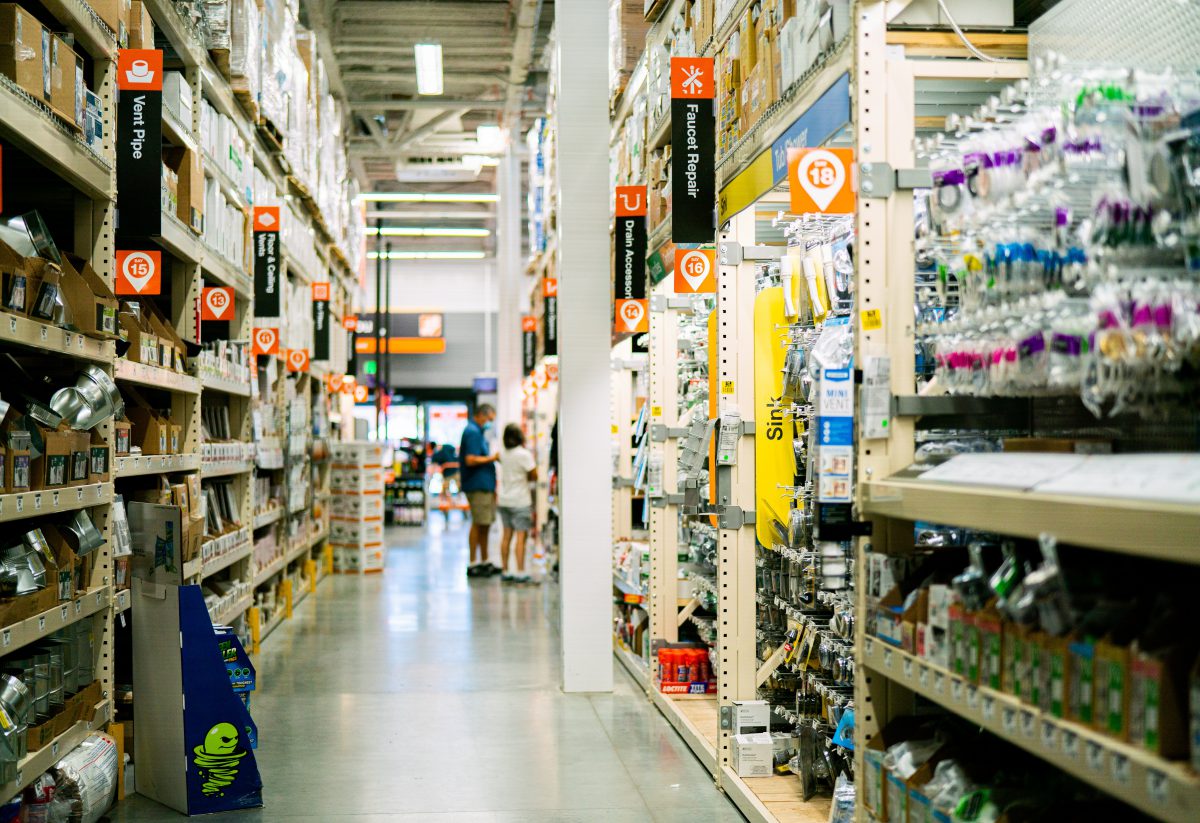Retail is one of the fastest growing and dynamic industries, both online and offline. As a result of the ongoing COVID-19 pandemic, digital transformation is also rapidly being adopted by retailers around the world. Retailers are trying to build a scalable and flexible business model despite being in a disruptive environment. Of course, changes in consumer behavior will have a major impact on retailers.
To provide a great customer experience and strengthen customer trust, here are seven key trends that are identified to inform retail technology investments and other strategic decisions going forward:
Touch Less Interaction
Touchless Interaction has become prominent in offline retail stores to promote physical-contact-free interaction and create a safe and hygiene shopping experience. Not only contactless payment, but we have seen more retailers adopt the instant scan and go method, virtual experience, and more.
Fulfillment Execution
Driven by the significant rise in e-commerce and O2O commerce, fulfillment has become the priority in retail. Retailers need to optimize their fulfillment operations and inventory. In some cases, it means reducing selling footprints and increasing on-site fulfillment.
Algorithmic Merchandising Optimization
Algorithmic merchandising optimization enables retailers to strategize inventory stock, and pricing structure, and also promotion a thorough understanding of customer behavior and predictive analytics. A key element of improved merchandising performance is the use of sophisticated data and analytics tools.
Associated enablement and effectiveness
A great customer experience depends on a great sales associate. Sales associates are one of the biggest investments for retailers. Currently, many retailers are competing to increase efficiency on the sales floor by adjusting shifts according to the shopper-to-staff ratio, improving the quality of sales associates through learning management systems, and increasing investment in digital workplaces.
The ability to perform work tasks flexibly, optimize costs, and deliver a great customer experience is now more important than ever. Investing in retail digital workplaces — especially in physical store environments — has been shown to increase sales and increase profits, creating a significant competitive advantage over time.
Collaborative Ecosystems
The significant changes in customer behavior and buying patterns are driven by the COVID-19 pandemic crisis have shown weakness in traditional retail business models. Many retailers collaborate through partnerships with other retailers, technology platforms, marketplaces, or other innovative partners to expand existing business capabilities, support new business models, offer new products and services, and ultimately meet evolving customer needs.
Cost Optimization
Cost optimization should become an increasingly important aspect of business management amidst the current economic uncertainty. When developing a cost optimization strategy, consider these four important elements: fulfillment execution, merchandising optimization, labor efficiency, and organizational transparency.
Values-driven consumption
Nowadays, consumers decide to buy products not only because of convenience, brand, and price, but also from their economic, social, and ecological values. Retailers need to invest constantly, reevaluate and reprioritize their values.
Summary
Retailers need to carefully strategize in dealing with the complexities of procuring raw material, manufacturing process, and product innovation. Retail Performance Solutions offer various solutions to increase operational efficiency and customer experiences such as ERP, Retail Analytics Platform, POS, Loyalty Membership, and many more. For a free consultation, please contact us at info@rps-indonesia.co.id

